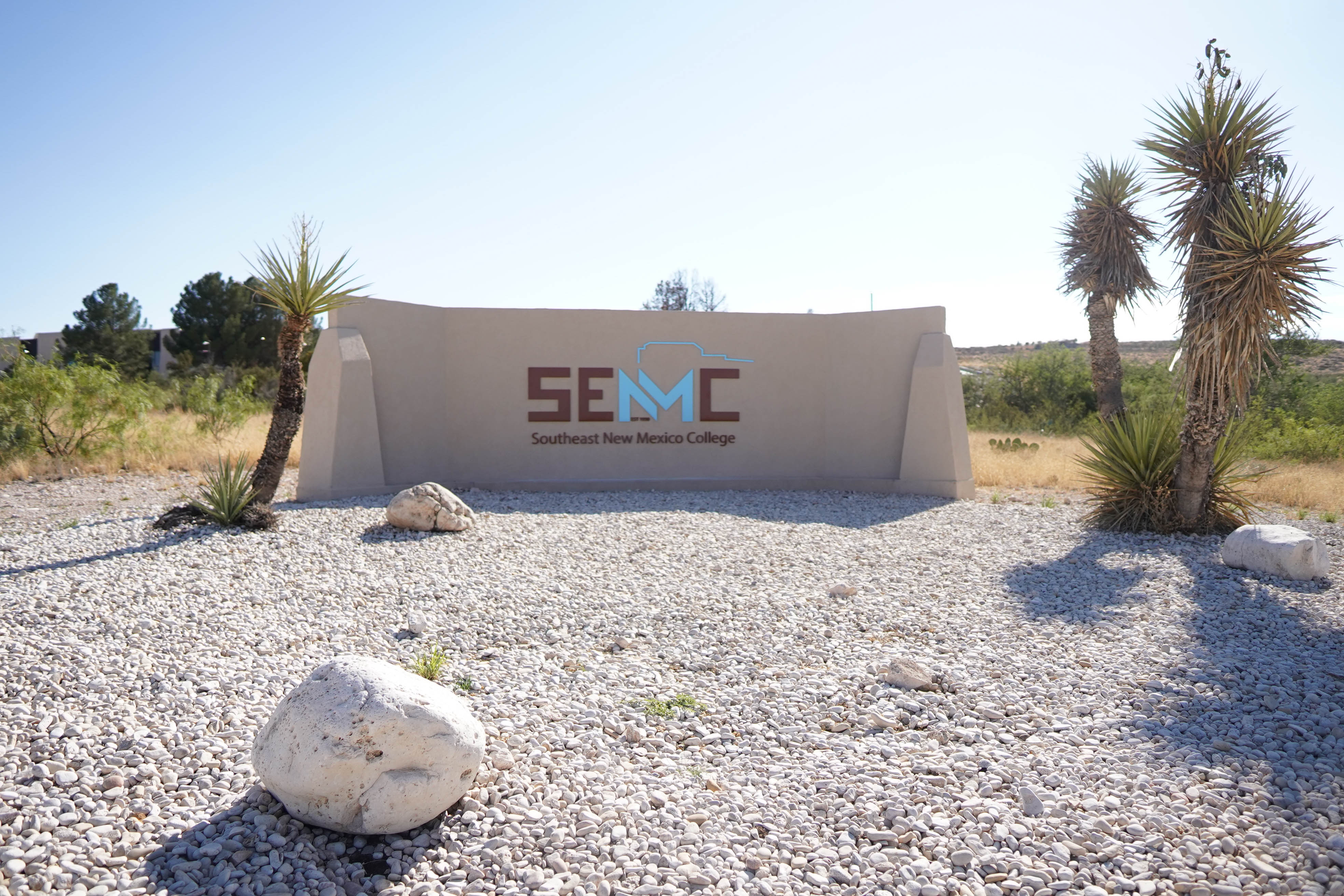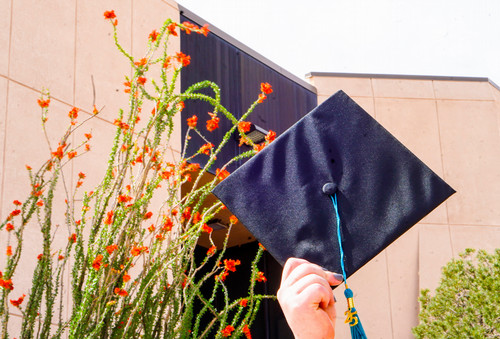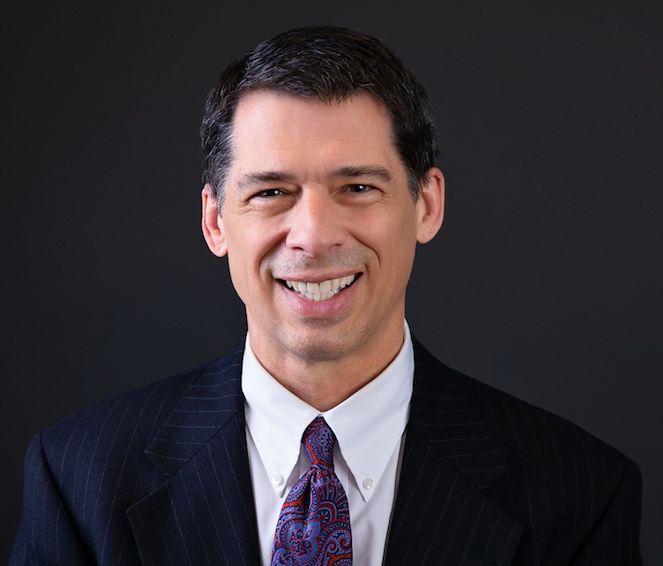Trades, Technologies, and Transformations
Trades, Technologies, and Transformations
Tic-tac-toe is simple enough for anyone old enough to understand the rules. The field of play is nine squares and there are three different choices for the player making the first move: the center, the middle of a side, or a corner. No matter what move is made, the maximum number of choices peaks at seven on the third move and quickly dwindles.
Checkers has thirty-two squares in play. Initially, all the pieces are the same and can move diagonally forward, either to an adjacent square or by jumping an opponent. The number of potential moves grows as the game progresses, but the maximum is two for each unpromoted one, four for each king.
Chess has sixty-four squares and six pieces with different rules for movement. Calculating the number of choices rapidly becomes an overwhelming challenge. After five moves by each player, there are 4.8 million possible resulting positions. There is not even agreement on the number of potential outcomes for all the games that could be played.
Thinking about the number of options in a game with clearly defined rules that may be played in under an hour is humbling. How do we make our way through this life, where there is an infinitude of choices? Often we try to find a way to reduce the number of potential options so we can discriminate between them and choose the best one, as we can with tic-tac-toe. Much like how the meaning of discrimination evolved from seeing differences between things to generally being used in a pejorative manner indicating unjust treatment, considering only a few options is not an exercise of good judgment. When there are a multitude of actions and outcomes, it is through practice, feedback from experts, and the push for improvement that we attain the optimal result.
A family-sustaining career in today’s economy requires this “chess-level” approach. It is why the line between training and education is increasingly blurred. Some have traditionally thought of training as a simple set of rules, practices, and skills to be applied to tasks, while education is a depth of understanding that provides a basis for future learning. It is a false dichotomy. Aristotle recognized this, as his concept of arete is about finding excellence and the full potential in all that one might do. His goal was that everyone would be educated in the skills of life. More recently, the Irish philosopher Iris Murdoch came to a similar conclusion, with a slightly different take. She sees a full engagement in one’s craft as a way to learn to focus on something outside of ourselves. In this way, one practices an “attentive love” that becomes the foundation for morality, a “good” unto itself.
Southeast New Mexico College is expanding to include more trades and technical studies, but our focus on the arts and sciences remains. We are committed to an emphasis on excellence in all disciplines and fields, and a holistic education that can transform a life. We lead students through the process of learning how to move from discriminating between “tic-tac-toe” choices to the discernment that comes with the development of expertise under the guidance of professors who care deeply about the success of their students. We will rise to the expectations that resulted in a $10 million investment by the Permian Strategic Partnership in our Trades x Technologies Building, and we will serve as a bridge to a brighter future for the next generation. We look forward to realizing it with you.
Kevin Beardmore, Ed.D., is President of Southeast New Mexico College. He may be reached at kbeardmore@senmc.edu or 575.234.9211



